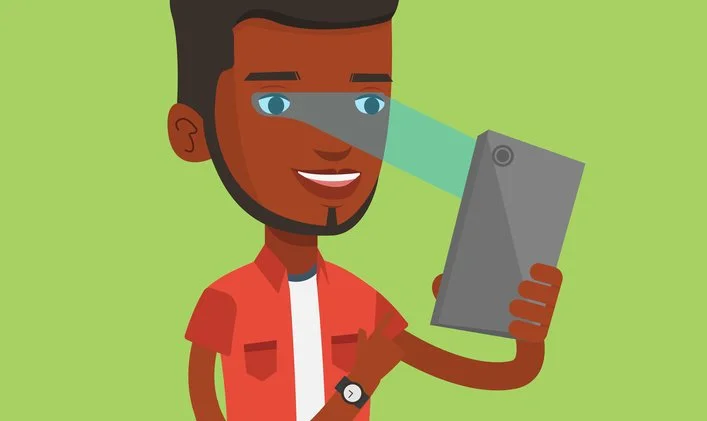6 Ways to Get Generation Z to Focus at Work and On Customers
Here are six ways managers can help Generation Z employees win back their focus from their devices and be more present at work.

No one--including Generation Z--wants to be a slave to their phone or smart device.
Yet, it would appear they need some help as 67 percent of Generation Z say that they experience a high level of stress when their phone is lost, broken, or stops working.
I was recently speaking to a group of franchise owners who were struggling with Generation Z employees using mobile devices (including smart watches) while in the store helping customers.
Below are the tips I suggested to the owners in order to help their Generation Z employees give their full attention at work and to customers.
6 Ways to Get Generation Z to Put Down the Device
1. Assess Gen Z's device self-control in the hiring interview
A way to get ahead of the device problem is to identify what kind of boundaries an employee has with their devices during the hiring process. To reveal what kind of self-control a Generation Z candidate has with their device, ask these questions during an interview:
- Tell me about your last employer's policy on device use. (Or if this is their first job, ask about a personal or household device policy.)
- Did you find any aspects of the policy challenging? Why or why not?
Use this opportunity to clearly reinforce your company device policy.
2. Strengthen Gen Z's resistance to device checking
Letting a device direct one's attention is like getting in a car and letting it decide where you drive. Helping Generation Z manage their technology and not allowing technology to manage them is critical in today's attention-poor culture.
Generation Z--and most people who own a smartphone--have conditioned themselves to check their phone upon any ding, ping, or ring. Similar to Pavlov's dogs that were conditioned to salivate upon hearing the sound of a metronome instead of at the actual presence of food.
Encourage Generation Z to resist the urge to check their device after every notification. Have them ride the arc of the craving to check and consciously choose not to check. Every time they successfully beat the urge to check, they strengthen their resolve and can begin to regain control of their focus.
For communications that are absolutely critical or urgent, identify a communication channel for emergencies only.
Here are for five steps for better smartphone etiquette.
3. Create a zone where Gen Z can reconnect
Not too long ago, employers carved out time and places where cigarette-addicted people could take a "smoke break." Why not create a time or place where device-addicted employees are free to use their devices as they wish?
Dishes aren't washed every time a single plate is dirtied. Dishes are done in batches. In the same way, ask Gen Z to batch their device use so that they can be fully present during the task at hand.
4. Make the alternative to devices more enticing
When I deliver keynotes or training sessions, I am competing with breaking news, urgent emails, text messages, and the mobile version of Fortnite for the attention of the audience. Instead of demanding they turn their devices off, I earn their attention by doing the following...
- Use engaging visuals and video
- Involve them using thought-provoking questions and/or exercises
- Use interactive polling via their smartphones (they scratch their itch to use their phone without them knowing)
- Tell compelling stories
Gen Z wants more human elements at work, their behavior might not reflect this desire but create human-to-human opportunities for them anyways.
5. Set-up a text autoresponder
It's common to create out of office email replies to automatically inform co-workers or customers to expect a delayed response, why not help Gen Z set-up similar autoresponders for text messages?
The Android app, Auto Reply, and Apple's Do Not Disturb feature can create an automated way for Gen Z employees to inform contacts to expect a delay in their response because they are in the middle of important work.
6. Communicate the reason for the device policy
Whether your company device policy is a free-for-all or forbids all device use, clearly and consistently communicating the why behind the policy is a must. "No devices because I (the manager) said so," is not a compelling enough reason for Generation Z to ignore their device.
A compelling why to share with Generation Z is how devices can negatively impact our ability to establish emotional connections. Read this to learn more about how devices can thwart human connection.
As a Millennial and Generation Z keynote speaker and trainer, I help companies lead, engage, and sell to the emerging generations. If you'd like help solving tough generational challenges inside your organization, click here.

